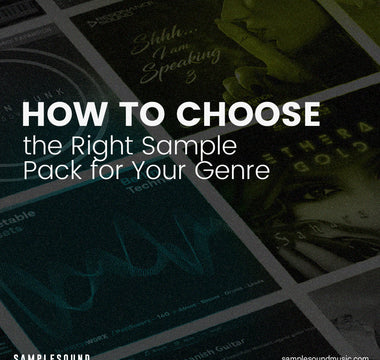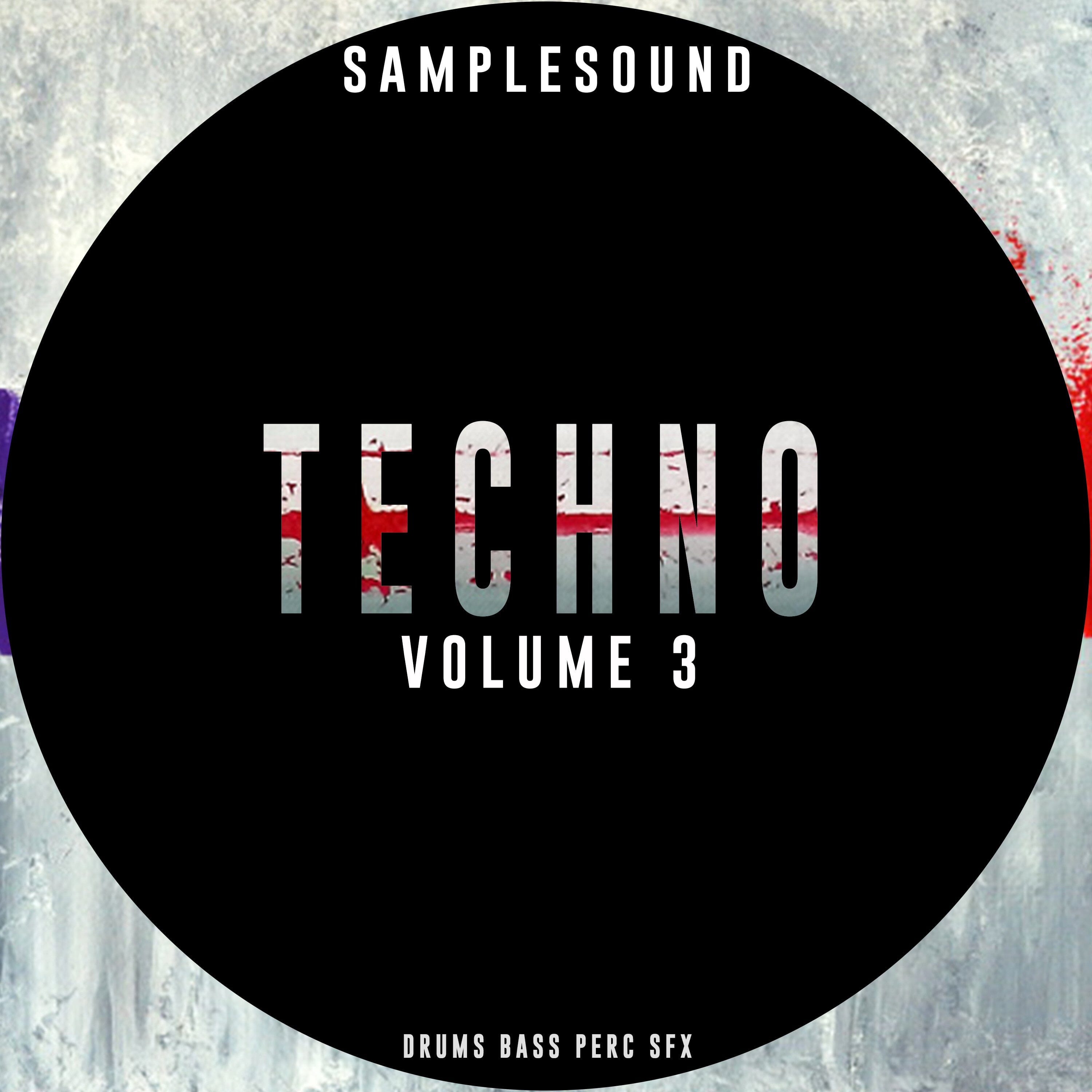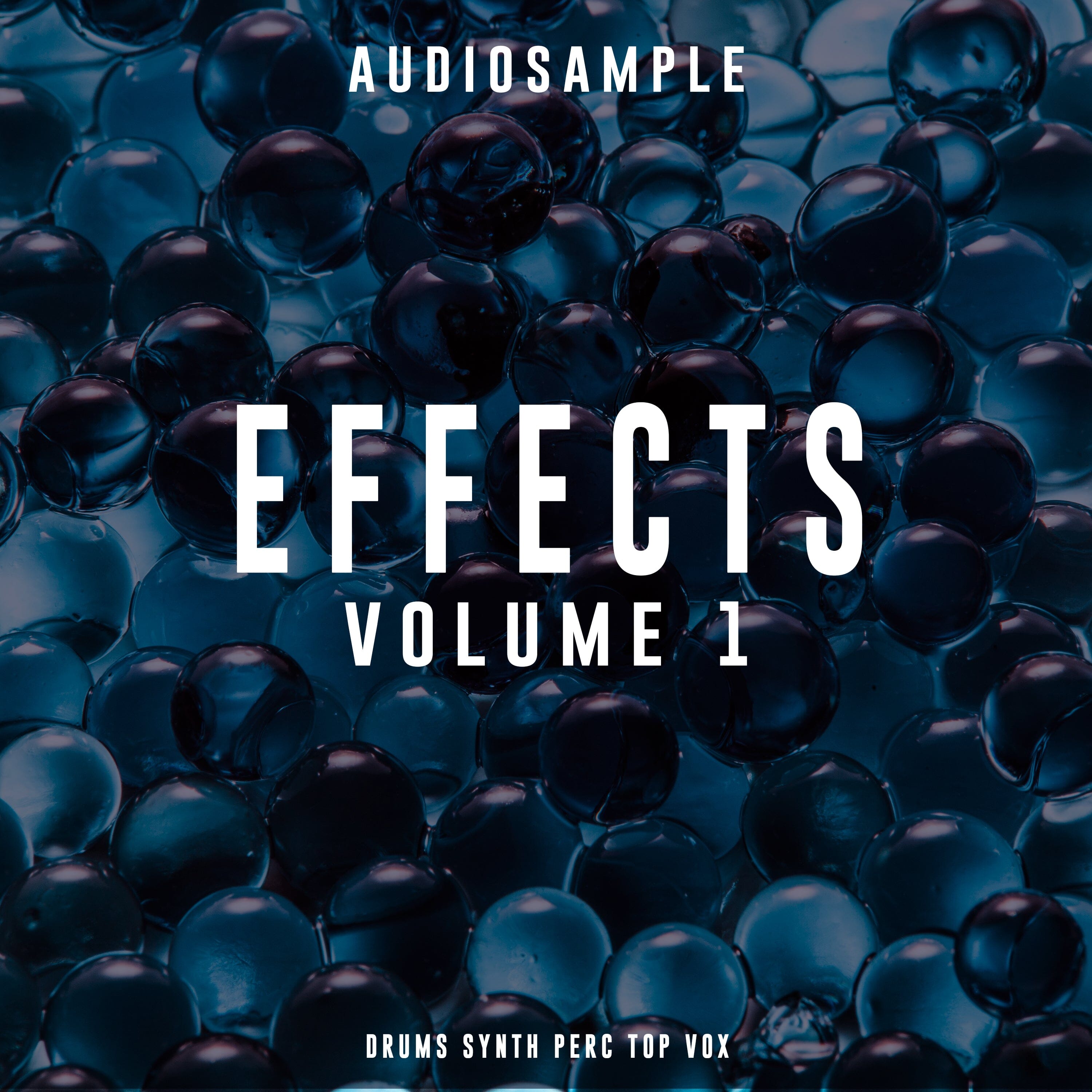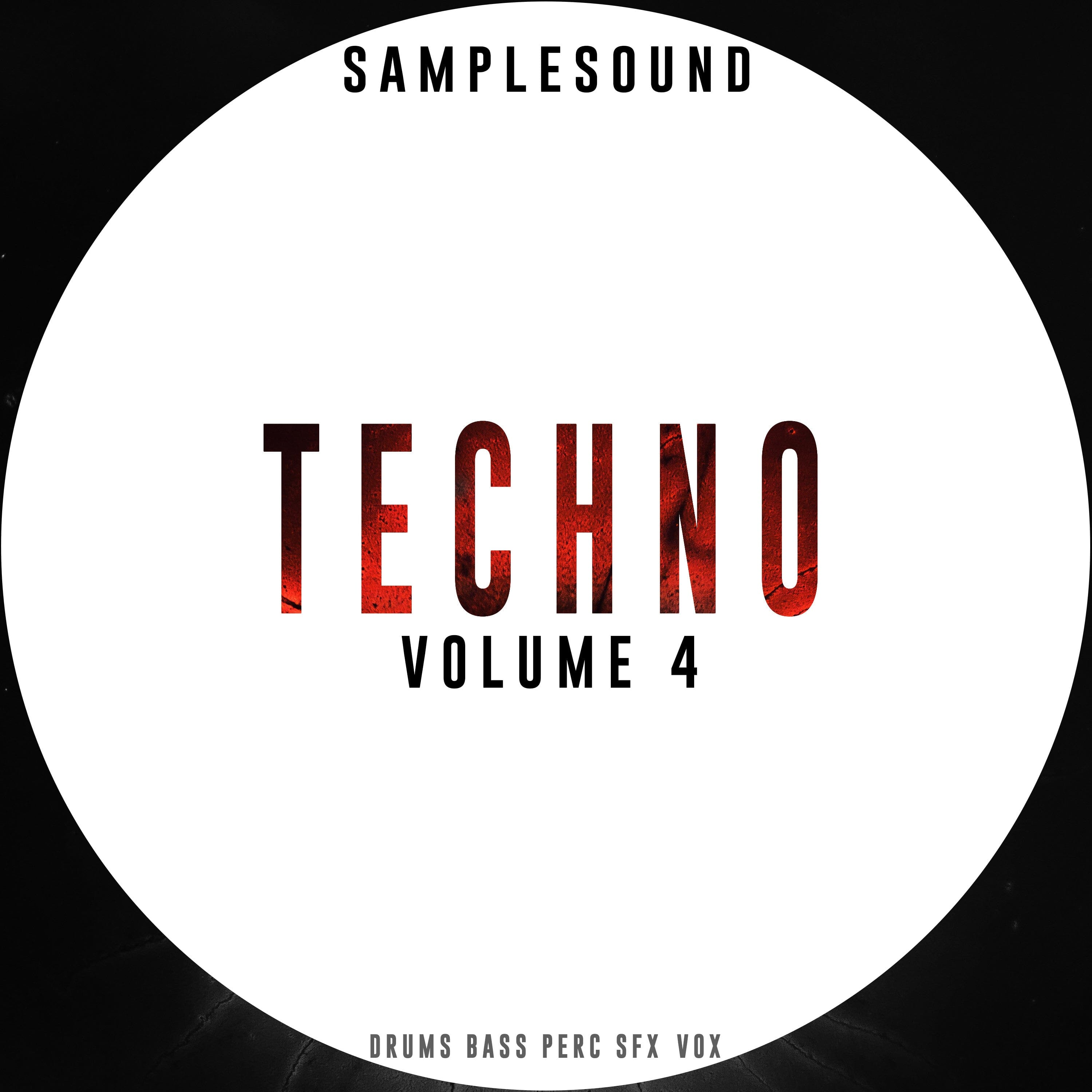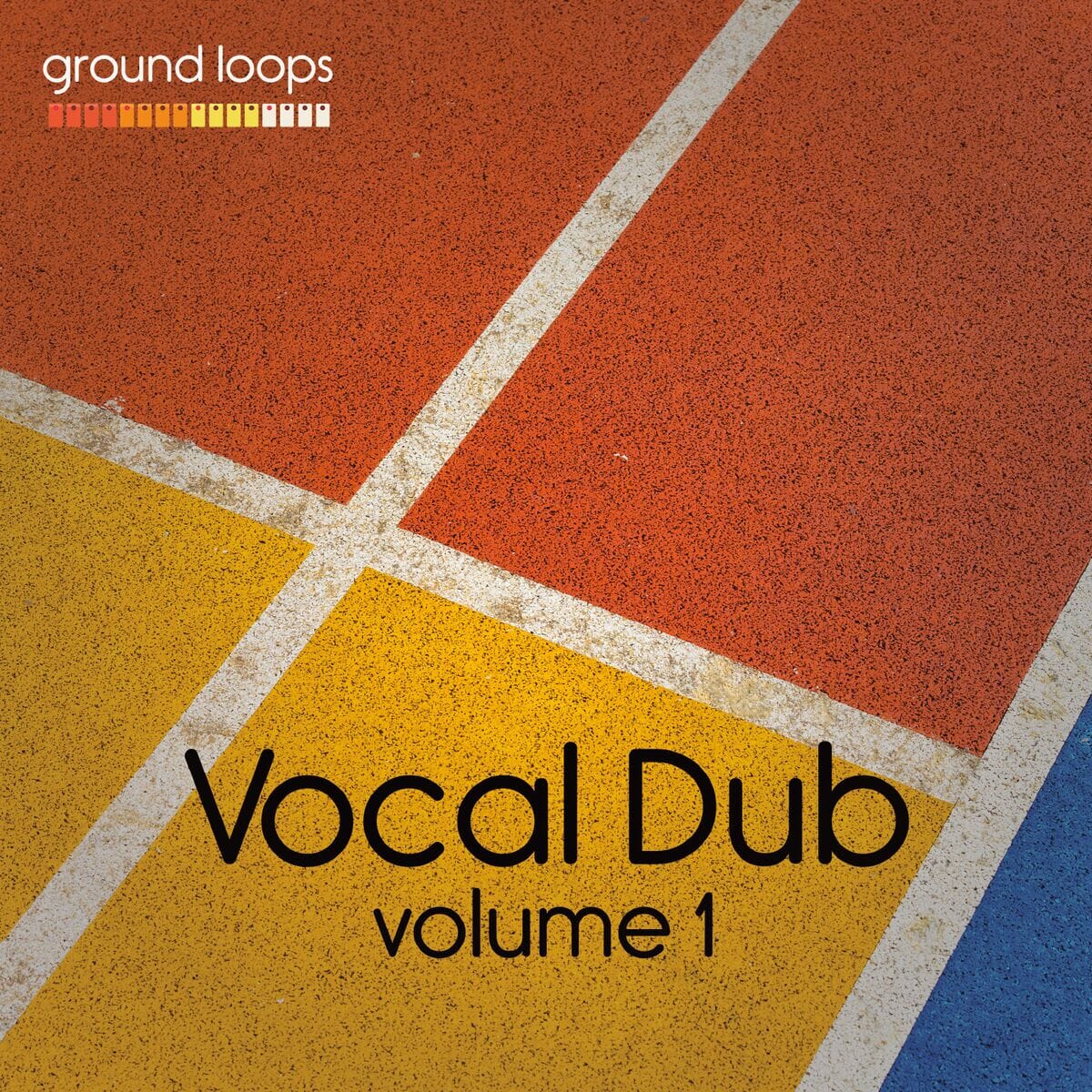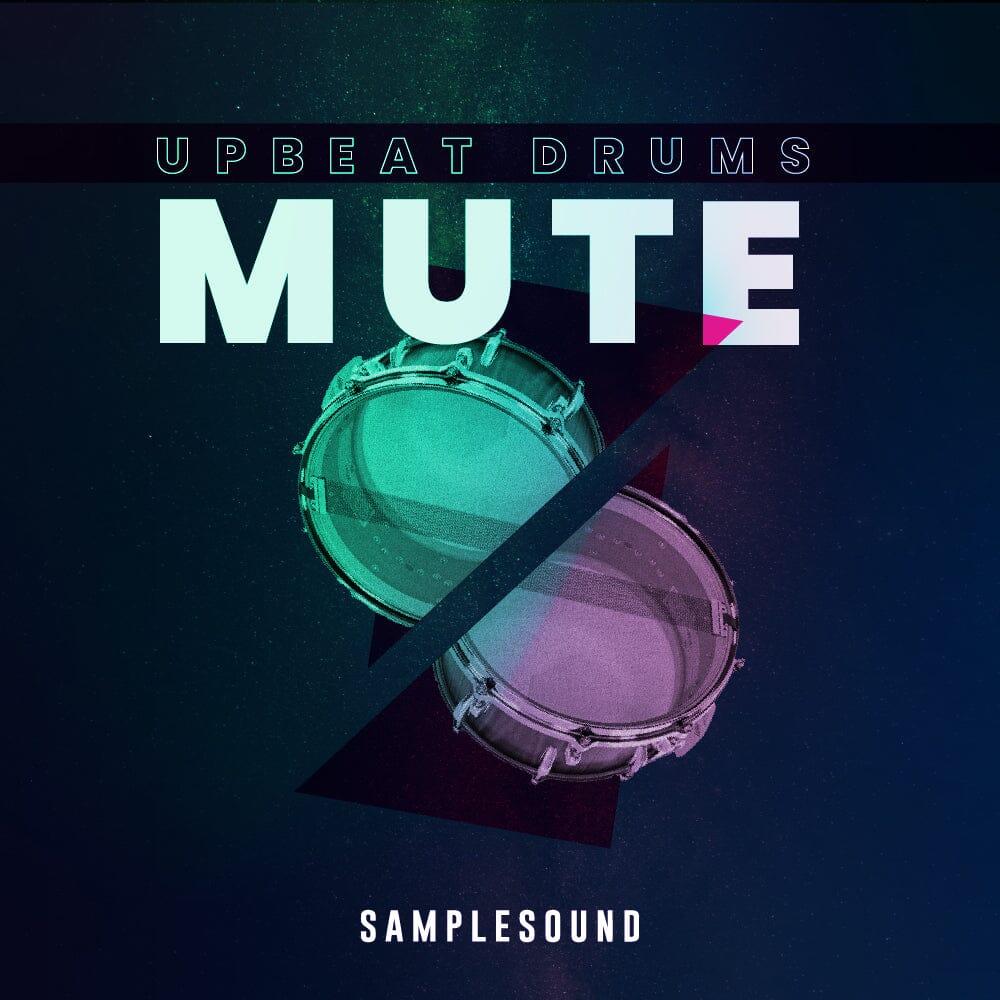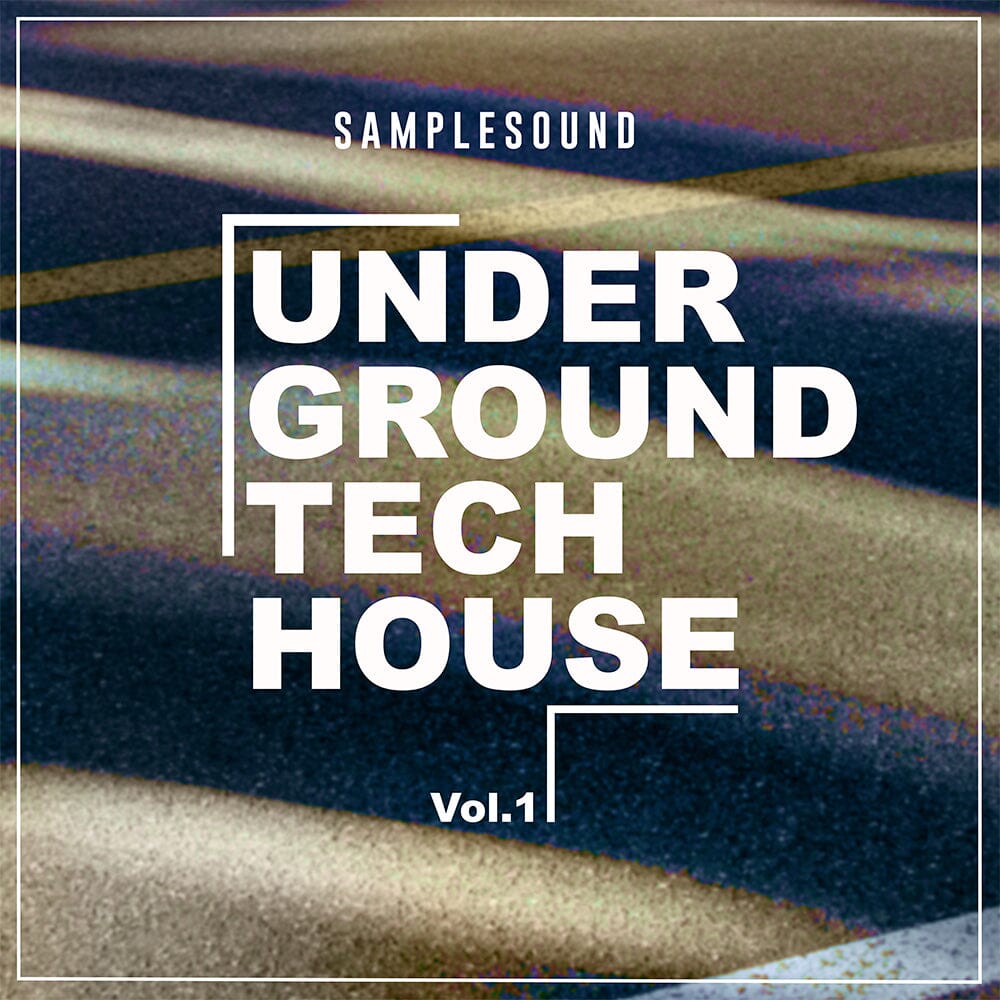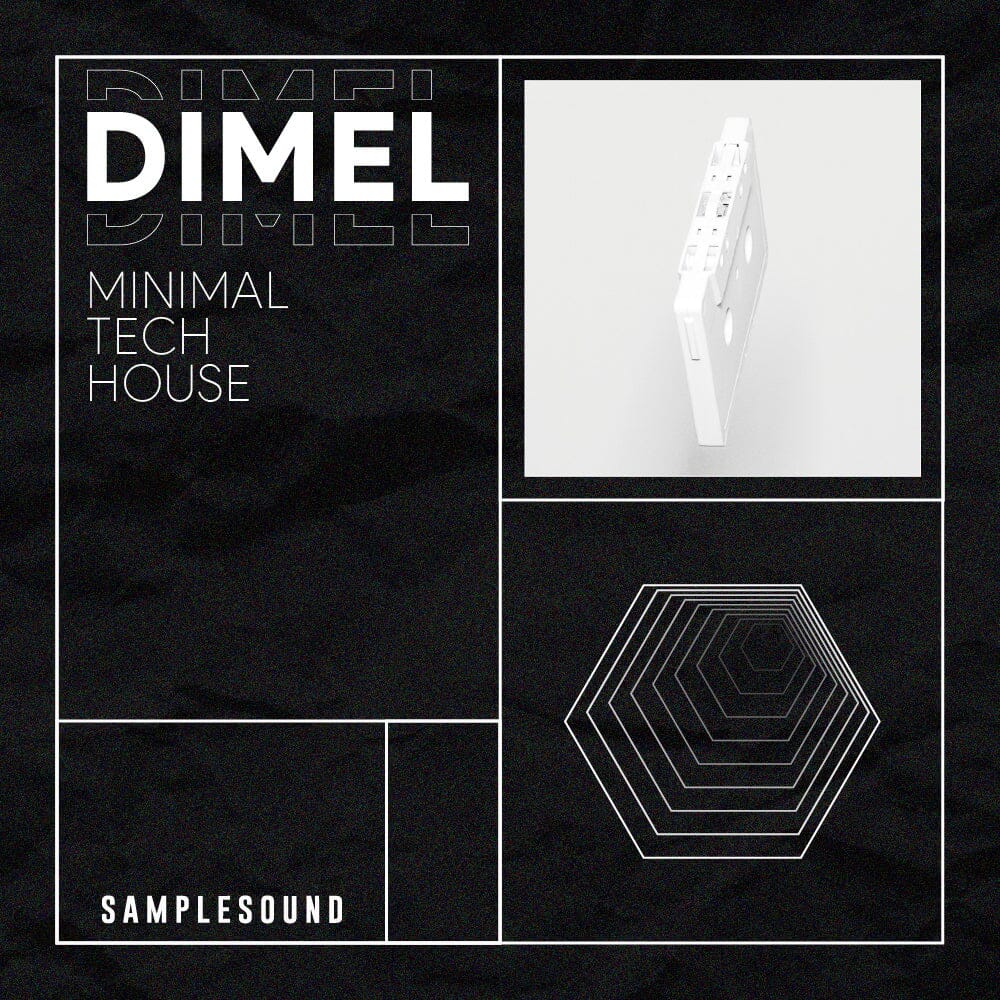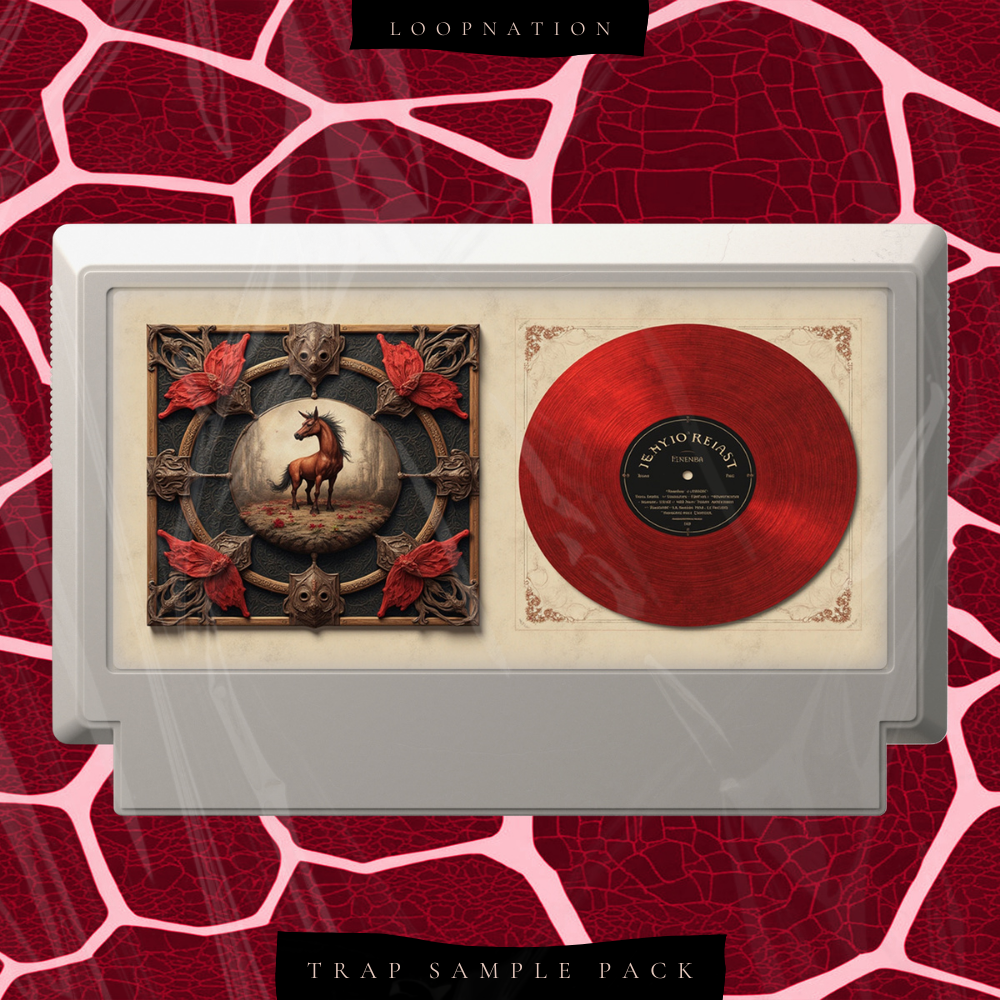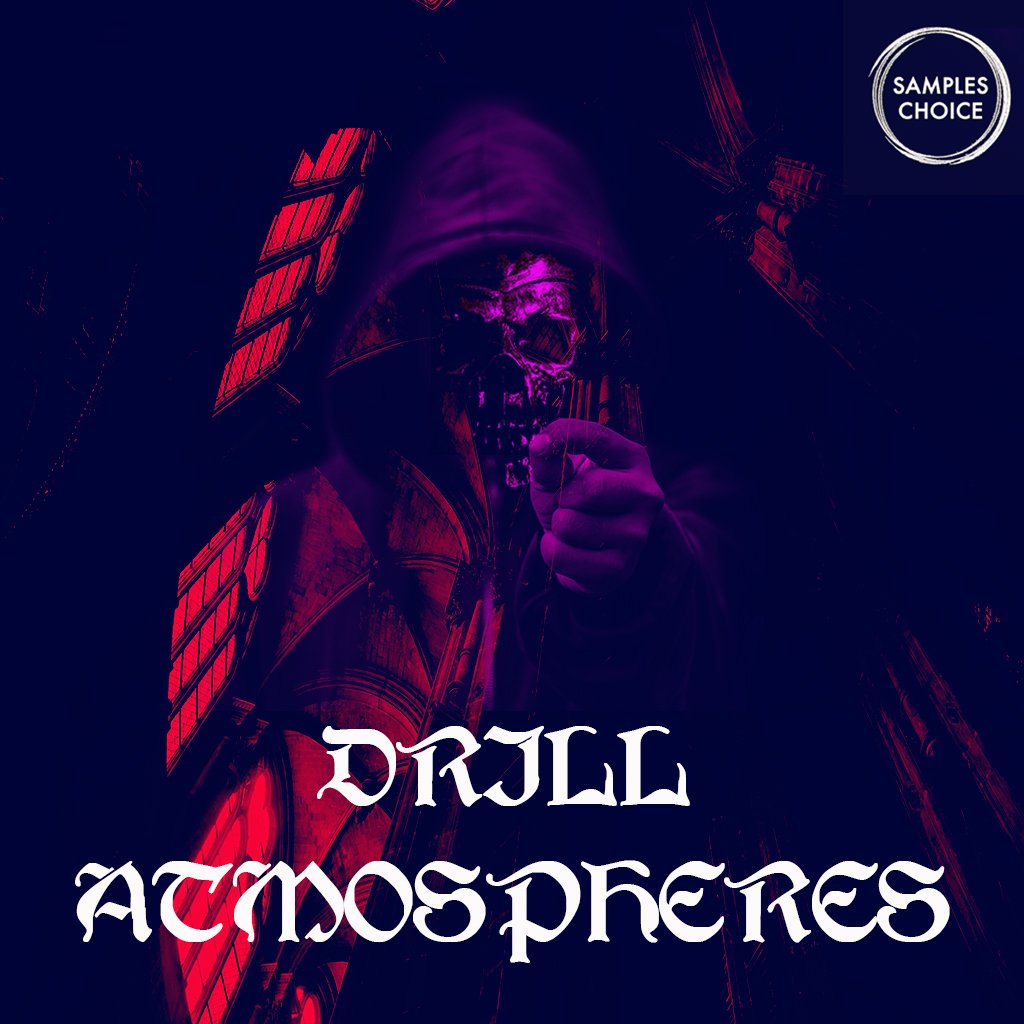Introduction to Making Your First Techno Track in Ableton Live
If you're eager to dive into electronic music, learning how to produce your first techno track in Ableton Live is a fantastic starting point. This guide is designed specifically for beginners who want to grasp the essentials of music production basics and understand how to start producing techno music. By the end, you'll have created a simple but powerful techno track using Ableton Live, one of the most popular digital audio workstations (DAWs) used by DJs and producers worldwide.
Understanding Music Production Basics
Before jumping into Ableton Live, it's crucial to understand some fundamental concepts of music production relevant to techno:
- Beats: The backbone of any techno track, usually featuring a steady 4/4 kick drum pattern.
- Loops: Short musical phrases repeated throughout the track, including drums, basslines, and synths.
- Arrangement: How various parts of your track are organized over time, including intro, build-up, drop, and outro.
- Sound Design: Crafting unique sounds using synthesizers and effects to give your track its signature vibe.
Familiarizing yourself with these elements will make it easier to create compelling techno music that grooves and flows.

Setting Up Ableton Live for Techno Production
To get started, download and install Ableton Live from the official website if you haven't already. Once installed:
- Open Ableton Live and configure your audio preferences by selecting your audio interface or built-in sound card.
- Set the sample rate to 44.1kHz, which is standard for electronic music production.
- Prepare the workspace by opening the Session View, which allows you to arrange loops and clips efficiently.
Having your audio and workspace set up correctly ensures a smooth production experience focused on techno music creation.
How to Start Producing: Creating a Simple Techno Beat
Let's program a classic techno drum pattern using Ableton Live’s Drum Rack and samples:
- Create a new MIDI track and load a Drum Rack preset.
- Load essential samples into the Drum Rack – kick, hi-hats, claps, and percussion.
- Program a steady 4/4 kick drum pattern on every beat.
- Add off-beat hi-hats and syncopated claps to add groove and energy.
- Experiment with layering percussion sounds to add depth.
Samples are vital for authentic techno drum sounds. Explore quality sample packs like the Techno Sample Pack to enhance your drum racks.
Building Your Track: Adding Basslines and Synths
After your beat is in place, the next step is adding basslines and synth melodies:
- Use Ableton’s built-in instruments like Operator or Analog to create deep, rolling bass sounds.
- Design synth parts that complement the bass and drum groove—use saw waves, square waves, and filtered noise.
- Apply effects such as reverb, delay, and distortion sparingly to add texture without muddying the mix.
- Use automation to introduce movement and changes over time to keep the track engaging.
To find inspiration or boost your sound palette, check out the Melodic House & Techno Collection for synth and melodic elements that fit perfectly with techno styles.
Arranging Your Techno Track
With all the elements created, now organize your clips into a cohesive arrangement:
- Intro: Start with drums or atmospheric sounds to prepare listeners.
- Build-up: Gradually introduce bass and synth layers, increasing intensity.
- Drop: Bring the main beat and bassline together for maximum impact.
- Outro: Wind down by removing layers and easing out.
Experiment with clip lengths and transitions using fade-ins, filter tweaks, or drum fills to keep your arrangement dynamic and interesting.

Basic Mixing Tips for Techno
Even a well-produced track needs mixing to shine. Here's what to focus on:
- Volume Balancing: Make sure the kick drum sits prominently while other elements support it.
- EQ: Remove unnecessary low frequencies from synths and percussion to avoid muddiness.
- Use Effects: Add delay and reverb to create space, but keep the mix clear and punchy.
- Panning: Spread some instruments slightly left or right to widen the stereo image.
These basics will enhance your techno track’s clarity and power.

Exporting and Sharing Your Track
Once happy with your mix and arrangement, it's time to export your track:
- Set the start and end points in the Arrangement View.
- Go to File > Export Audio/Video.
- Choose WAV or MP3 format depending on your intended use.
- Export at 44.1kHz and 16-bit for standard quality.
- Share your track on platforms like SoundCloud, Bandcamp, or social media to get feedback and grow your audience.
Be proud of your first techno track and keep producing to refine your skills!
Additional Resources to Learn Music Production Basics
To keep growing as a music producer, consider exploring more tutorials, community forums, and sample packs:
- Sample Sound Music Academy – A hub for music production tutorials and tips.
- Software Plugins Collection – Expand your sound toolbox with useful plugins.
- Techno Sample Pack – Boost your productions with professional samples.
Conclusion
Creating your first techno track in Ableton Live is an exciting journey that combines creativity with technical skills. By mastering the basics of music production, setting up your DAW properly, building strong beats, and arranging your track thoughtfully, you can produce music that stands out. Keep experimenting, learning, and sharing your tracks to grow as a producer.
FAQ
What is the best tempo for a techno track?
Techno typically ranges between 120 and 130 BPM, with 125 BPM being a common sweet spot for a groovy, danceable feel.
Do I need expensive equipment to start producing techno?
No, you can start producing with just a computer and Ableton Live. High-quality headphones or monitors help, but many successful producers began with minimal gear.
Where can I find good techno samples?
Websites like Sample Sound Music offer professional techno sample packs perfect for beginners and pros alike.
How important is sound design for techno music?
Sound design helps create unique textures and atmosphere crucial to techno’s evolving sound. Learning basic synthesis directly impacts your production quality.
Can I use Ableton Live lite or must I buy the full version?
Ableton Live Lite offers limited features but is suitable for beginners. Upgrading unlocks more instruments and effects which can enhance your productions.

